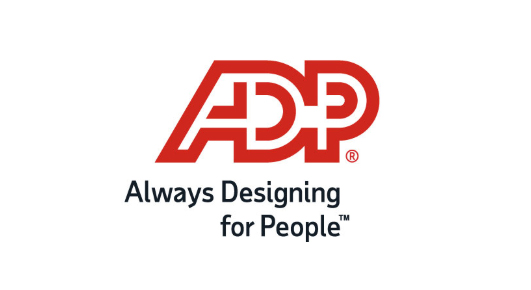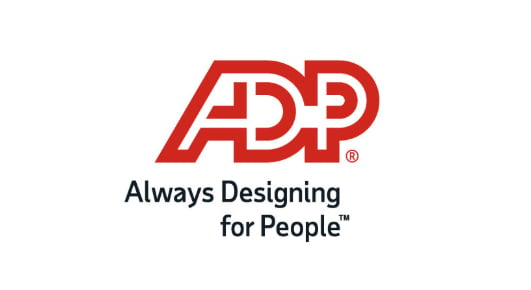Amy Leschke-Kahle
June 2, 2020
Focus on These Four ‘Rights’ to Quickly Drive Higher Engagement Levels

 The research is unequivocal: engagement matters. Study after study confirms that when employees are highly engaged, productivity and quality increase dramatically, while turnover and safety incidents decrease.
The research is unequivocal: engagement matters. Study after study confirms that when employees are highly engaged, productivity and quality increase dramatically, while turnover and safety incidents decrease.
However, traditional engagement tools can’t account for the simple fact that work today doesn’t always happen within the confines of the org chart—the organization is often blind to where and how work happens. Who’s closest to the work? Your team leaders. They’re not blind. They’re at the heart of it—which means engagement is in their hands.
I’ve worked with many organizations that have dramatically increased engagement relatively quickly by embracing the agility of their teams and team leaders and implementing practices to match the way work happens. For example, one large global professional services organization saw its percent of full engagement increase 62%. A professional sports team increased its people’s full engagement by 92%. Regardless of the industry or the size of the organization, you can achieve great results by updating your approach.
The critical shift is to change from a top-down engagement approach to a team leader-centered approach that reflects how work actually happens. Here are the four things you need to create an engagement strategy that delivers results in the real world of work:
- Ask the right things—Should you measure four things, or 25, or 60? The answer is you should only measure the critical few things that evidence has shown to be necessary for fully engaged employees. Resist the “as long as we’re surveying, we should ask …” syndrome.
- At the right frequency—Engagement doesn’t happen once a year. It’s fluid, changing day to day, week to week, month to month. What is the right cadence for you to measure it? At least once a quarter seems to work for most teams.
- Measure from the right direction—Engagement doesn’t happen in neat, hierarchical fashion. Most of it is driven locally, team by team. Therefore, you need to measure engagement from the right direction, not from the top of the organization down, but from the team leader to his or her team members. Because team leaders are the center of the workplace universe, they should be able to access their own engagement data immediately—without a complex, bureaucratic process getting in the way—so they can share it with their team and act on it.
- Take the right actions—The one thing that research shows has consistently created incredibly fast (within 12 weeks), dramatic (20%–100%) increases in engagement is the ritual of frequent one-on-one conversations between team leaders and team members about near-term work priorities. Implementing this practice into the flow of your team leaders’ work is the most impactful way any organization can drive engagement.
It’s hard to believe that one simple practice can have such a dramatic impact. I wouldn’t believe it myself, if we hadn’t seen it happen over and over, from health care to technology to financial services to educational organizations. Leaders like you are making this happen in their organizations.
Isn’t it time to create this culture of conversation and finally move the needle on engagement?
Article originally published on SPARK.
Learn about StandOut® powered by ADP®.
Amy Leschke-Kahle is the Vice President of Performance Acceleration at The Marcus Buckingham Company, an ADP Company, where she collaborates with clients to transform engagement, performance, and leadership development based on the unique culture of each organization.


-1.png?width=150&height=71&name=MicrosoftTeams-image%20(1)-1.png)